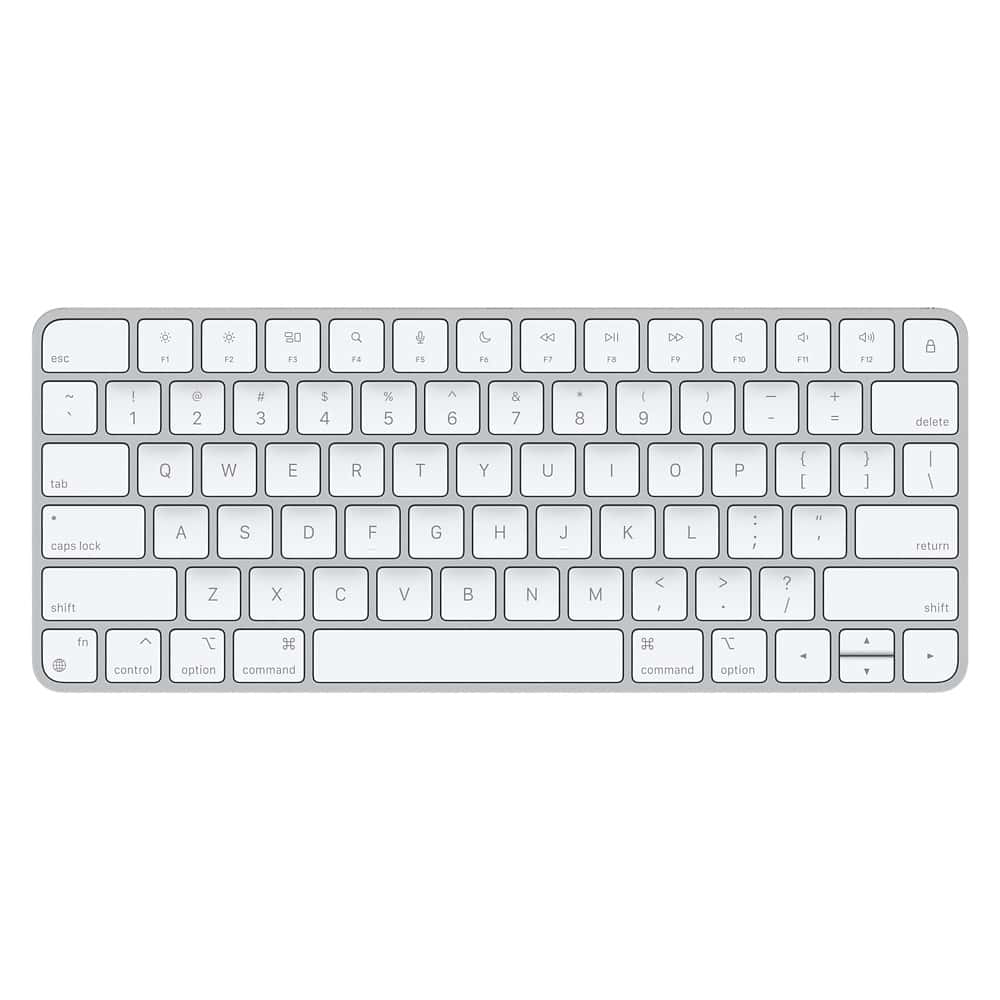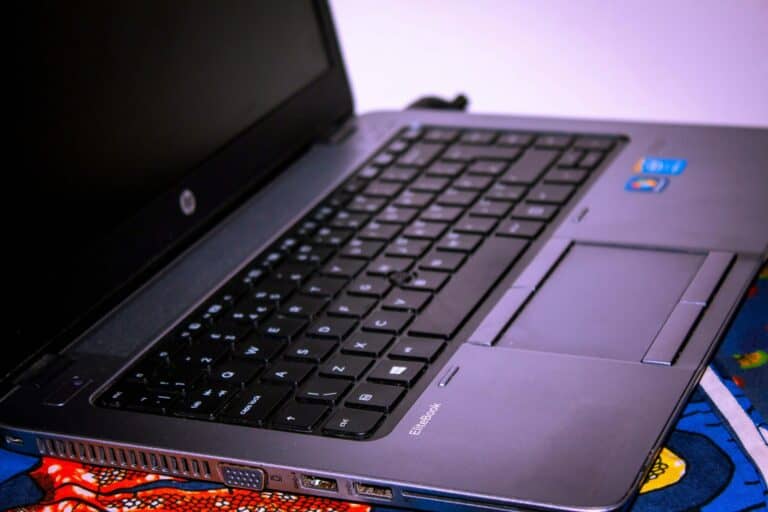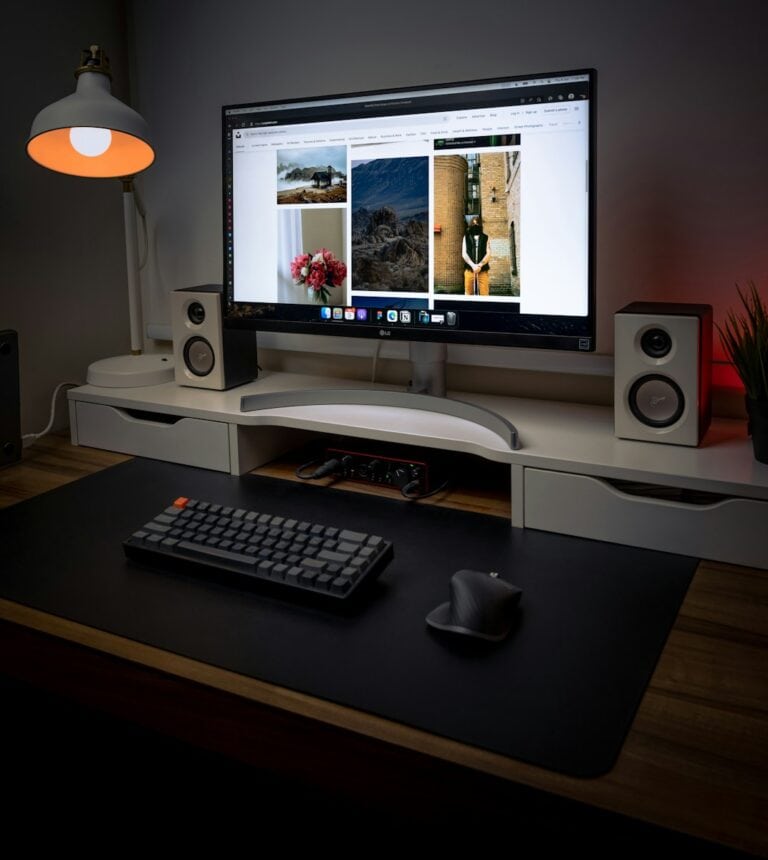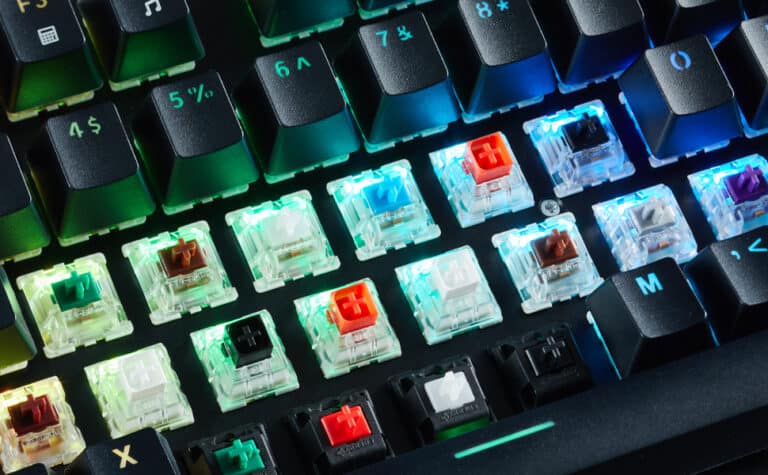Apple’s Magic Keyboard is designed for macOS and iPadOS, but it works with Windows 10 and Windows 11 via Bluetooth or USB. However, some Apple-specific keys may need remapping for full functionality.
1. Connecting Your Magic Keyboard to Windows
Option A: Bluetooth Connection
- Turn on the Magic Keyboard
- For rechargeable models: Slide the power switch to green.
- For older models: Insert batteries and turn it on.
- Open Windows Bluetooth Settings
- Press Windows + I → Bluetooth & devices → Add device.
- Pair the Keyboard
- Select Bluetooth → choose Magic Keyboard from the list.
- If prompted for a PIN, type it on the Magic Keyboard and press Enter.
Option B: Wired Connection
- Plug the Magic Keyboard into your PC using a Lightning-to-USB cable.
- Windows should auto-install basic drivers.
- Once connected, you can switch to Bluetooth pairing if desired.
2. Driver & Software Support
- Basic typing works out of the box.
- Function keys (F1–F12), media keys, and brightness controls may not work without extra software.
- You can use tools like:
- Magic Utilities (paid) – adds battery status, function key support, and remapping.
- SharpKeys – free key remapping tool.
3. Key Mapping Differences on Windows
Some keys are different from standard Windows keyboards:
| Magic Keyboard Key | Windows Equivalent |
|---|---|
| ⌘ Command | Windows key |
| ⌥ Option | Alt |
| Delete | Backspace |
| fn + Delete | Forward Delete |
4. Troubleshooting Tips
- Keyboard not pairing? Remove it from Windows Bluetooth settings, restart both devices, and try again.
- PIN prompt issues? If Windows asks for a PIN, type
0000or the displayed code on the Magic Keyboard and press Enter. - Lag or disconnects? Keep the keyboard charged and within 1–2 meters of your PC.
5. Limitations on Windows
- No native support for Touch ID on Magic Keyboard with Windows.
- Some macOS-specific shortcuts won’t work.
- Backlight (on certain models) may not be adjustable without third-party tools.
Magic Keyboard Windows Compatibility
| Feature | Compatibility | Notes |
|---|---|---|
| Basic Functionality | Yes | All keys work for basic typing and most common functions |
| Media Keys | Limited | Volume, play/pause, mute work. Brightness/rewind/fast forward may require software/remapping |
| Function Keys (F1-F12) | Varies | Some work natively (e.g., F10 for full screen), others may require software/remapping |
| Special Keys (Command, Option, Control) | No native equivalents | Requires software/remapping to functions like copy/paste/screenshot |
| **Touch ID | No | Not compatible with Windows |
| Software Support | No official support | Third-party apps like Karabiner-Elements or PowerToys can remap keys |
| Bluetooth Connection | Yes | Requires standard Bluetooth connection |
| Battery Life | No impact | Uses its own internal battery |
| Overall | Generally functional, but with limitations | Great for basic typing and some media controls, but requires additional setup for full functionality |
Additional Notes:
- The Magic Keyboard with Touch ID has the same compatibility as the regular Magic Keyboard, except Touch ID functionality won’t work.
- Functionality may vary slightly depending on the specific Windows version and hardware.
- Using third-party software for remapping keys can add complexity and potential compatibility issues.
- Some users report successful use of Apple Magic Mouse on Windows with similar limitations.
Magic Keyboard Compatibility and Setup
When it comes to using an Apple Magic Keyboard with a Windows PC, the key factors are compatibility and a smooth setup process.
Compatibility with Windows Systems
Apple’s Magic Keyboard is primarily designed for Mac devices, but it can also work well with Windows PCs. Compatibility extends to Windows 7, Windows 10, and Windows 11 systems. However, certain features, such as Touch ID, won’t be functional because they require Apple’s exclusive security hardware. Unlike Mac computers, Windows PCs don’t have the necessary secure enclave for the biometric data. Users should note that while Windows 7 supports the keyboard, the experience is more seamless with Windows 10 and Windows 11. For those who prefer a wired connection or if Bluetooth is not an option, the Magic Keyboard can be used with a USB cable. Also, if a user is running Windows on a Mac through Boot Camp, the compatibility extends naturally with support for function keys and certain macOS-specific features.
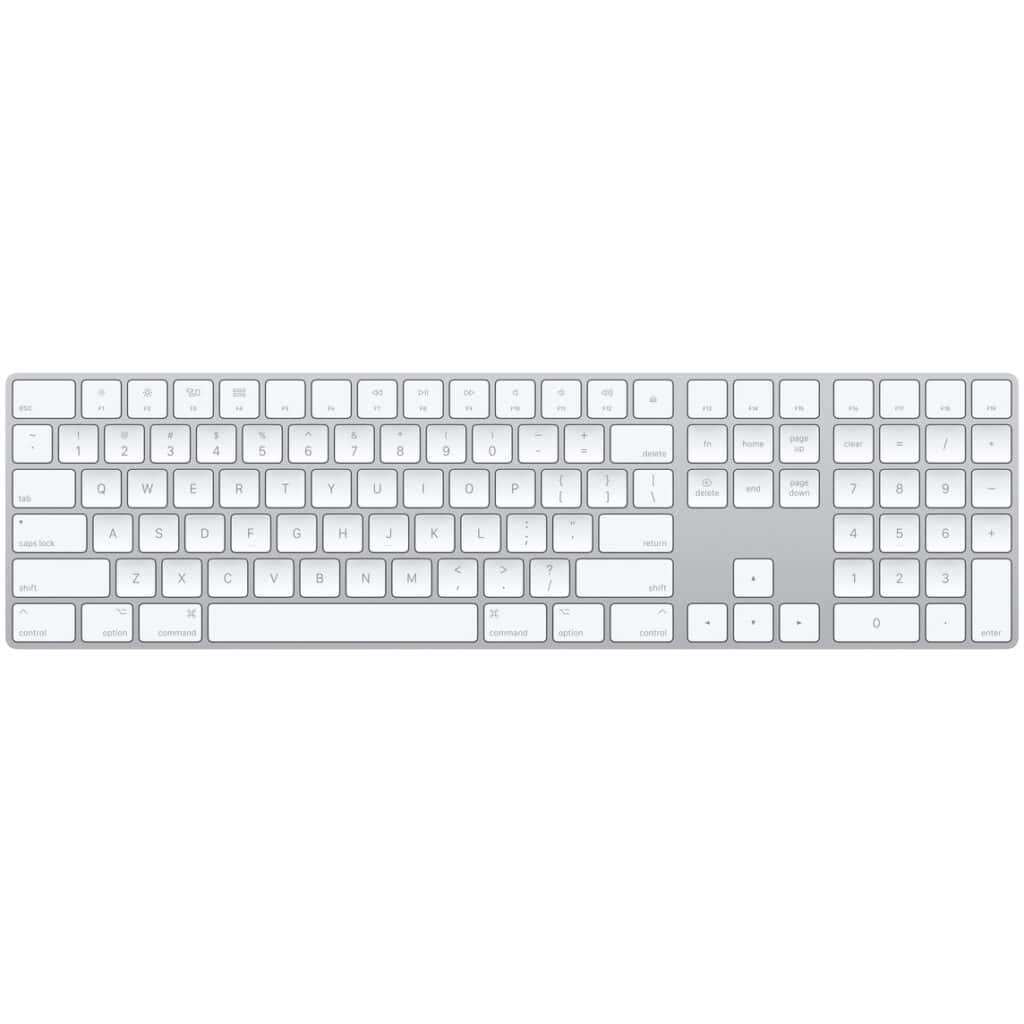
Initial Connection and Pairing Process
Connecting the Magic Keyboard to a Windows PC is straightforward. Your Windows PC must have Bluetooth capability. To pair the keyboard, turn it on using the power switch. On Windows 10 and Windows 11:
- Go to Start > Settings > Devices > Bluetooth & other devices.
- Enable Bluetooth if it isn’t already on.
- Choose Add Bluetooth or other device and select Bluetooth.
- Your PC will now discover the Magic Keyboard. Follow on-screen instructions to complete pairing.
Remember to keep the devices close to each other during the pairing process to ensure a stable connection. Once paired, the keyboard should reconnect automatically when turned on and in range of the PC. If the keyboard is ever unresponsive or encounters issues, try removing the device from Bluetooth settings and repeating the pairing sequence.
Configuring and Customizing Functionality
Adapting the Magic Keyboard for Windows requires precise configuration. It begins with installing the right drivers and tools, followed by tailoring key mappings to suit the user’s needs.
Installing Necessary Drivers and Software
Installing drivers and software is the first step to ensure the Magic Keyboard works well with a Windows PC. Users should download and install the latest Magic Utilities application, which is designed for Windows. This program provides drivers that are compatible with the Magic Keyboard and enables enhanced functionality such as displaying low battery alerts. It’s essential to choose the version corresponding to the operating system, for example, a 64bit Windows version.
- Go to the Magic Utilities website.
- Download the installation package for your Windows version.
- Run the installer and follow the on-screen instructions.
- Restart your computer if prompted.
Once installed, users can pair their Magic Keyboard via Bluetooth. For Windows 10 and 11:
- Open Settings.
- Go to Devices > Bluetooth & other devices.
- Turn on Bluetooth, then choose Add Bluetooth or other device.
- Select the Magic Keyboard from the list of devices and enter a passcode if required.
Customizing Key Mappings and Shortcuts
Users can customize key functions through the Magic Utilities application or third-party software like SharpKeys. This allows for changing the default behavior of keys such as the Option and Command keys on a Mac to act as the Alt and Windows keys on Windows. Users should always test the new key mappings to ensure they’re set up correctly. For example, they may wish to map the play/pause keys to media controls or the forward delete key to act as the Delete key on Windows.
The process typically involves:
- Opening the Magic Utilities application or SharpKeys.
- Selecting the key to be remapped.
- Choosing the new action or function from a list.
Customizing shortcuts involves going to the Windows Control Panel or Settings and setting up specific key combinations to perform certain actions such as launching the Snipping Tool or adjusting volume. Users should remember to save their configurations and restart their keyboard or computer to apply the changes.
Troubleshooting and Maintenance
Having trouble with your Apple Magic Keyboard on a Windows system? Keep calm and carry out these steps.
Check the Connection:
- Ensure the keyboard is on. Look for the power indicator.
- Pairing Process: Navigate to Settings > Devices > Bluetooth & other devices. Click on Add Bluetooth or other device and select your Magic Keyboard.
Keyboard Response Issues:
- Keys not working? Restart your keyboard by turning it off and on.
- Function Keys Misbehaving? With BootCamp installed, the function keys should work. If not, check the BootCamp control panel.
Power Concerns:
- Check the battery level. Low battery alerts mean it’s time to recharge or replace batteries.
Software Glitches:
- If the keyboard stops working suddenly, disconnect and reconnect through the Bluetooth settings.
Keys Repair:
- Stuck or unresponsive keys like Enter and Return may need gentle cleaning. No response still? A hardware check might be necessary.
| Common Keys | Solutions |
|---|---|
| Pause/Play | Check software compatibility. |
| Break/Stop | May require remapping keys. |
Remember, with wireless devices like the Magic Keyboard, keeping the drivers up to date makes a big difference. Regular cleaning (gently!) and secure storage when not in use helps extend the life of your keyboard. Questions or issues with specific keys or functions often find their answer in the support sections of the Apple or Windows websites.
Frequently Asked Questions
In this section, we’ll cover the essentials on how to integrate and troubleshoot an Apple Magic Keyboard with your Windows PC.
How can I connect an Apple Magic Keyboard to Windows 11?
To pair your Apple Magic Keyboard with Windows 11, turn it on using the power switch usually located on the back. Next, access the Settings app using the Windows Search Box, navigate to Devices, and select “Bluetooth & other devices” to initiate the pairing process.
What steps should be followed to pair an Apple keyboard with Windows 10?
For Windows 10, after switching on the keyboard, open the Start menu, click on Settings, go to Devices, and under “Bluetooth & other devices,” ensure Bluetooth is enabled. Then, select your keyboard from the list of available devices to pair it.
Are drivers required to use an Apple Magic Keyboard on a Windows PC and where can I find them?
No additional drivers are needed to use the basic functions of an Apple Magic Keyboard on a Windows PC. However, if you encounter issues or need advanced features, visit the official Apple support site for any potential driver downloads.
Can the function keys be used on a Magic Keyboard when it is connected to a Windows system?
The function keys on the Magic Keyboard should work with Windows. However, some keys may perform different actions than they do on a Mac. Tools like Microsoft PowerToys can help remap keys if needed.
Why might an Apple keyboard not connect to a Windows PC, and how can this be resolved?
Connection issues could be due to Bluetooth pairing problems or conflicts within Windows. Ensure the keyboard is in discovery mode, Bluetooth is active on your PC, and there are no interfering devices. Re-trying the pairing process can often resolve this issue.
How can I add the Apple keyboard layout to my Windows 11 system?
To use the Apple keyboard layout on Windows 11, you may need to download and install third-party software that allows the mapping of keys to match the layout of an Apple keyboard.

